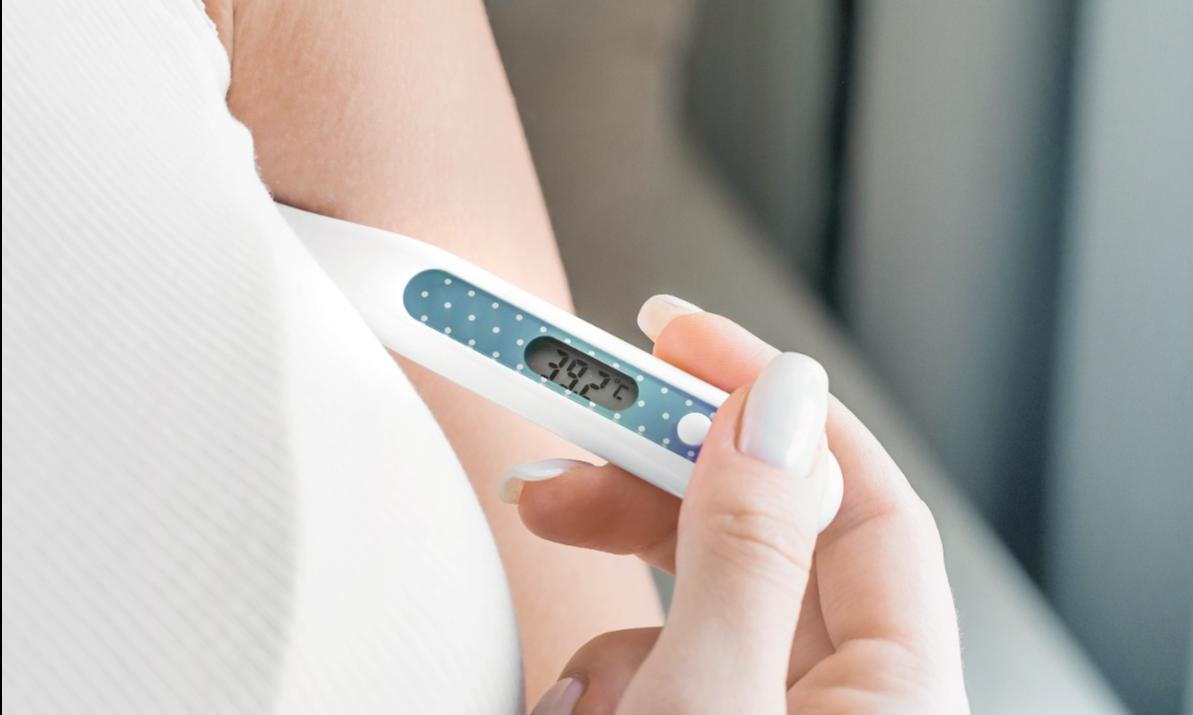
Hey there, fellow parents! If you've ever stood in the medicine aisle, bewildered by the array of thermometers, you're not alone. Two popular contenders are armpit and forehead thermometers, each with its pros and cons. As a pediatrician, I'm here to shed some light on this common dilemma, helping you make an informed decision for your little one's health.
Armpit Thermometers: The Tried and True
These classic thermometers have been around for ages, and for good reason. They're generally affordable, easy to use, and non-invasive, making them a decent choice for squirming babies and toddlers.
Pros:
Gentle: Perfect for newborns and infants who may not tolerate other methods.
Safe: No risk of injury or discomfort.
Portable: Easy to take on the go for temperature checks anywhere.
Cons:
Less accurate: Armpit readings tend to be lower than a child's core temperature.
Technique matters: Proper placement under the arm is crucial for reliable results.
Not ideal for older kids: Active children might not cooperate with holding the thermometer in place.
Forehead Thermometers: The High-Tech Option
These sleek, futuristic devices have gained popularity in recent years. They use infrared technology to measure the heat emitted from the temporal artery on the forehead.
Pros:
Quick and convenient: Readings are often available in seconds.
Non-invasive: No need to disturb a sleeping child.
Versatile: Can be used for all ages, from infants to adults.
Cons:
Can be pricey: Forehead thermometers are typically more expensive than armpit models.
Accuracy can vary: Sweat or a cool environment can affect readings.
Placement is key: Aiming correctly at the temporal artery is essential.
So, Which One is Right for You?
The best thermometer for your family depends on your child's age, temperament, and your personal preferences. Here's a quick guide to help you decide:
Newborns and infants: Armpit thermometers are often the preferred choice for their gentleness and safety.
Toddlers and young children: Consider a forehead thermometer for its speed and convenience, especially if your child is resistant to holding still.
Older children and adults: Forehead thermometers are generally suitable, but armpit models can still be used if preferred.
Tips for Accurate Temperature Readings (Regardless of Thermometer Type):
Follow the instructions: Read the thermometer's manual carefully for proper usage.
Ensure proper placement: For armpit thermometers, ensure the tip is snugly tucked under the arm. For forehead thermometers, aim for the center of the forehead, just above the eyebrow.
Wait for the signal: Don't remove the thermometer until it beeps or indicates the reading is complete.
Record the reading: Keep a log of your child's temperature to track any patterns or changes.
When in Doubt, Consult Your Pediatrician
If you're unsure which thermometer is best or have concerns about your child's temperature, don't hesitate to reach out to your pediatrician. They can provide personalized recommendations based on your child's specific needs.
Remember, the goal is to accurately monitor your child's temperature to detect any signs of illness. Armed with the right thermometer and knowledge, you'll be well-equipped to keep your little one healthy and happy!


